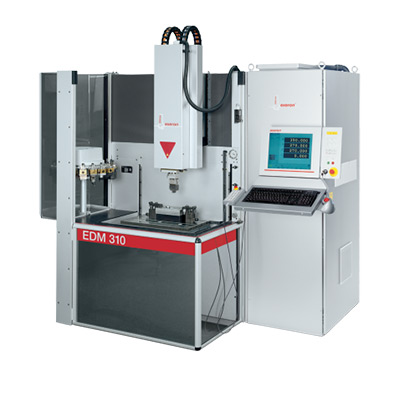Exploring Innovations in Automotive Brake Line Systems for Enhanced Safety and Performance
Understanding the Importance of Auto Brake Lines
When it comes to vehicle safety, the importance of brake systems cannot be overstated. Among the numerous components that contribute to the effectiveness of a car's brake system, brake lines serve as crucial conduits for transferring brake fluid. In this article, we will delve into the significance of auto brake lines, their types, maintenance, and the impact they have on overall vehicle safety.
Auto brake lines are specialized tubes that carry brake fluid from the master cylinder to the brake calipers or wheel cylinders. They play a vital role in the hydraulic brake system, allowing drivers to control their vehicles with precision. When a driver presses the brake pedal, the master cylinder generates hydraulic pressure that travels through the brake lines, leading to the braking action at each wheel. The efficiency and responsiveness of a vehicle's braking system heavily rely on the condition and quality of these brake lines.
There are primarily two types of brake lines found in vehicles rubber brake lines and metal brake lines. Rubber brake lines are flexible and often found in places where high movement and flexibility are required, such as near the suspension components. However, they can deteriorate over time due to exposure to heat, chemicals, and the elements. Metal brake lines, often made of steel or copper, are less prone to damage from wear and tear and are typically used in areas where rigidity is required. These lines are more resistant to punctures and corrosion but are also more prone to rust if not properly maintained.
auto brake line

Proper maintenance of brake lines is essential for ensuring the safety of any vehicle. One of the most significant threats to brake lines is corrosion, especially for metal lines. Moisture can accumulate in the brake fluid over time, leading to rust and weakening of the metal components. Regular inspection of brake lines, focusing on signs of wear, leaks, or corrosion, is crucial. If any damage is detected, it’s vital to address it immediately to prevent brake failure.
Moreover, brake fluid also plays a pivotal role in the overall performance of brake lines. It is hygroscopic, meaning it absorbs moisture from the air, which can lead to a decrease in the fluid’s boiling point and overall performance. This underscores the importance of regular fluid changes, which should be performed according to the vehicle manufacturer’s recommendations.
The implications of faulty brake lines can be catastrophic. A small leak can lead to a significant loss of brake fluid, resulting in reduced braking capability and posing a serious danger to both the driver and others on the road. As such, responsible vehicle owners should prioritize regular brake system checks as part of their auto maintenance routines. It is always advisable to consult with a professional mechanic if there are any signs of braking issues, such as a spongy brake pedal, unusual noises, or a warning light on the dashboard.
In conclusion, auto brake lines are a crucial component of a vehicle's braking system, allowing for the safe interaction between the driver and the vehicle. Understanding their function, types, and the importance of maintenance can help individuals ensure their vehicles remain safe and reliable on the road. Regular inspections, timely repairs, and proper fluid management are essential steps that can help prevent potential brake failures and enhance overall driving safety. Investing time and resources in brake line maintenance is not merely an option; it’s a responsibility that all vehicle owners should take seriously to ensure their safety and that of others on the road.
-
Reliable Brake Line Solutions for Your VehicleNewsJun.05,2025
-
Quick Fix for Leaky Air Conditioning HosesNewsJun.05,2025
-
Powerful Sewer Jetting Solutions for Tough ClogsNewsJun.05,2025
-
Power Steering Hose Problems SolvedNewsJun.05,2025
-
Hose Protectors That Actually WorkNewsJun.05,2025
-
Essential Hose Connectors for Every HomeNewsJun.05,2025

